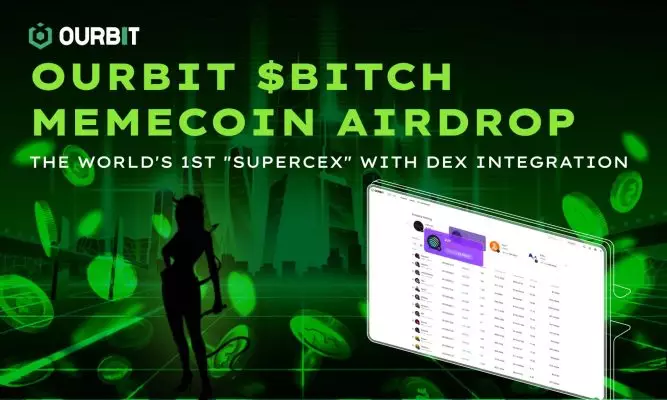Cryptocurrencies have emerged as a significant financial asset class over the last decade, with increasing interest from both retail and institutional investors. One of the most intriguing aspects of the crypto ecosystem is how these digital assets can be acquired. Two popular methods include purchasing cryptocurrencies outright or earning them through gaming. Each approach comes with its own set of advantages and drawbacks.
This article delves into the pros and cons of buying crypto versus earning it through gaming, providing a nuanced understanding of the options available to potential investors and gamers alike.
Buying Cryptocurrency: A Traditional Investment Approach
Purchasing cryptocurrency directly is one of the most straightforward methods to acquire digital assets. This approach is akin to traditional investments, where individuals buy stocks, bonds, or commodities. By purchasing crypto, an investor has immediate ownership and can leverage market movements to their advantage. For instance, buying Bitcoin or Ethereum when prices are low allows for potential gains if the market rises.
One of the key benefits of purchasing cryptocurrency is the control it offers as investors can choose how to spend their money based on expert analysis of the best crypto to buy at the time. By using insights from experts, enabling them to manage their portfolio according to their financial goals and risk tolerance, the risks of a loss can also be minimized, though never eliminated completely.
Another perk of purchasing cryptocurrency is that it’s often a faster way to accumulate substantial amounts of a particular asset. This is especially beneficial for those who view cryptocurrency as a long-term investment or a hedge against inflation and other economic uncertainties.
Furthermore, buying crypto offers access to a wide range of assets beyond just Bitcoin or Ethereum. The market is teeming with thousands of altcoins, each with unique features and use cases. This diversity allows investors to tailor their portfolios according to specific interests or strategies, whether that be focusing on privacy coins, decentralized finance (DeFi) tokens, or gaming-related cryptocurrencies.
However, buying cryptocurrency also has its downsides. The most prominent of these is the inherent volatility of the market. Cryptocurrencies are known for their price swings, which can result in significant financial losses if an investor buys at a high point and the market subsequently crashes. This volatility can be intimidating, especially for newcomers to the crypto space who may not have the experience or knowledge to navigate such turbulent waters.
Moreover, purchasing cryptocurrency requires a certain level of financial literacy and technical understanding. The process involves selecting a reliable exchange, setting up wallets, and understanding the various types of orders (such as market and limit orders). For individuals unfamiliar with these processes, the learning curve can be steep.
Another concern is security. While exchanges have improved their security measures over the years, they are still prime targets for hackers. Investors must take precautions, such as using hardware wallets and enabling two-factor authentication, to safeguard their assets. The loss of private keys, which are necessary for accessing one’s crypto holdings, can also result in permanent loss of funds.
Earning Cryptocurrency Through Gaming: A Novel Approach
On the other hand, earning cryptocurrency through gaming presents a unique and increasingly popular alternative. The rise of play-to-earn (P2E) games has revolutionized the way gamers interact with both games and cryptocurrencies. In these games, players can earn digital assets by completing in-game tasks, winning battles, or trading items. This model reflects the popularity of online casinos that accept cryptocurrency and has gained traction due to its ability to combine entertainment with crypto rewards.
One of the main advantages of earning crypto through gaming is accessibility. Players do not need to invest their own money upfront to acquire digital assets. Instead, they can accumulate cryptocurrency simply by playing games they enjoy. This aspect democratizes access to cryptocurrencies, especially for younger audiences or those in regions where buying crypto might be difficult or restricted.
Another benefit is the potential for income generation. For skilled gamers, play-to-earn models offer a way to monetize their gaming abilities. In some cases, players can earn significant sums, especially if they excel at popular games or acquire rare in-game items. This has led to the development of entire economies within gaming ecosystems, where players can trade assets and earn a living through their gaming activities.
Additionally, earning crypto through gaming provides an engaging way to learn about the blockchain and cryptocurrency space. As players interact with in-game tokens, they gain practical experience with digital wallets, decentralized exchanges, and other blockchain technologies
The Drawbacks
Despite its appeal, earning cryptocurrency through gaming has its own set of challenges. One of the most significant drawbacks is the time investment required. Unlike buying crypto, which can be done in minutes, earning digital assets through gaming often demands hours of gameplay. For many, this may not be the most efficient use of time, particularly if the potential earnings are relatively small.
Another issue is the volatility of in-game economies. Just like the broader cryptocurrency market, the value of in-game tokens can fluctuate wildly. Players who spend time earning a particular token might find that its value plummets due to changes in the game’s popularity or economic structure. This unpredictability can make it difficult for players to accurately assess the value of their earnings.
Moreover, the sustainability of the play-to-earn model is still under scrutiny. As the space grows, there are concerns about whether these gaming economies can maintain their value over the long term. Some critics argue that without a steady influx of new players, the value of in-game tokens could diminish, leading to a collapse of the economic model.
Another con is the potential for exploitation. In some cases, players might be lured into games with promises of high earnings, only to find that the game’s economy is poorly designed or even a scam. This issue is exacerbated by the relatively unregulated nature of the crypto gaming space, where fraudulent projects can proliferate.
Conclusion
Ultimately, both methods have their place in the evolving world of cryptocurrencies. For those with the financial means and desire for direct control, buying crypto might be the preferred option. For others who enjoy gaming and are willing to invest the time, earning cryptocurrency through play-to-earn games offers a novel and potentially rewarding alternative.
As the crypto space continues to develop, we may see new and innovative ways to acquire digital assets, blending elements of both approaches in ways that cater to an even broader audience.


